Lithuania is often described as Europe’s best kept secret. Such statements get thrown around quite liberally, but in this case there’s some truth to it. Lithuania comes with tons of unspoiled nature, Vilnius is a lively, surprisingly hip city and Kaunas is this year’s European Capital of Culture. Perfect excuse for a visit, and that’s exactly what Trot Op! did.
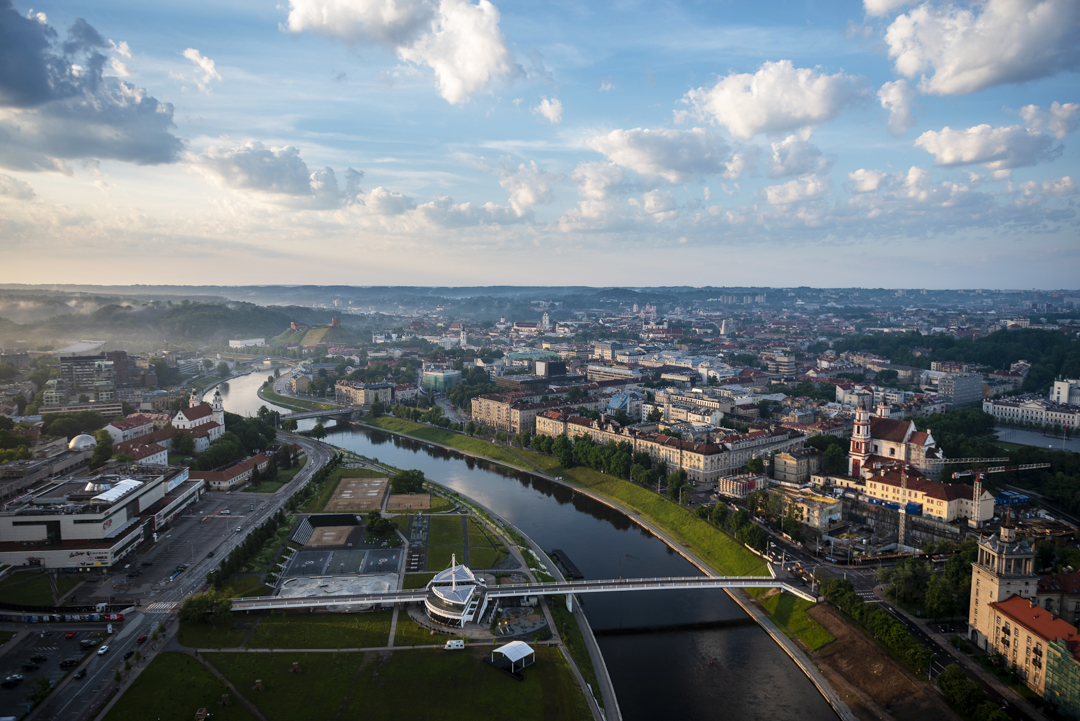
Lithuania is – with all due respect – probably the least known Baltic State, and it’s not like the other two made everyone’s top five list of most popular European destinations either. As my joke of a love life proves (ladies ^^) unknown unfortunately makes unloved. But not knowing something, doesn’t automatically mean it’s boring. Lithuania is a beautiful country, with a completely unique coastline (click click) and dense pine forests hiding mirrorlike lakes. On top of that, it was briefly Europe’s largest state in the 15th century, stretching all the way from the Baltic to the Black Sea.
“Lithuania is a beautiful country, with a completely unique coastline and dense pine forests hiding mirrorlike lakes. On top of that, it was briefly Europe’s largest state in the 15th century.”
The last few hundred years were slightly less cheerful. First Lithuania was occupied by the Russians, then by the Nazis, only to fall back into the hands of the USSR after the war. That last period especially is remembered with quite some unresolved resentment. The misery of the past century left the Lithuanians with a bit of a rebellious side. Although there are barely three million of them, they’ve been showing Putin and his stumpy little legs the finger on many occasions throughout the last couple of years. Things escalated after the Ukrainian invasion. The trash talk got so out of hand, the Russian Duma threatened to revoke Lithuanian independence, since according to them “no referendum was ever held on it.” This didn’t make too much of an impression though, because some Lithuanian parliament members then proposed to “revise a treaty from 1634” which would make all of Belarus and all Russian land west of Moscow return to the glorious Grand Duchy of Lithuania. Everyone is still waiting for Russia’s answer, but I think I like these guys.
Love for Lithuania: soak up some culture in Vilnius and Kaunas
It looks like the border will remain where it is for now, which means we’ll have to limit our travels to the current version of Lithuania. No worries, because there’s an extra reason for planning a visit this year. Kaunas was chosen as the European Capital of Culture for 2022, which came with a major makeover and with a whole bunch of interesting exhibitions to visit. Apart from that, there’s of course always Vilnius to enjoy. I was there about seven years ago, but it was February and Vilnius is more of a summer destination. As soon as it gets slightly sunny, half the city centre turns into one big terrace only broken up by the occasional market. This makes for a completely different experience compared to slogging through the wet snow. Vilnius of course has more on offer than just having some beers on a sultry summer eve. Here are six things you need to see and do in Vilnius and Kaunas. Go get’em tiger!
1. Vilnius: lose yourself in Europe’s largest baroque city
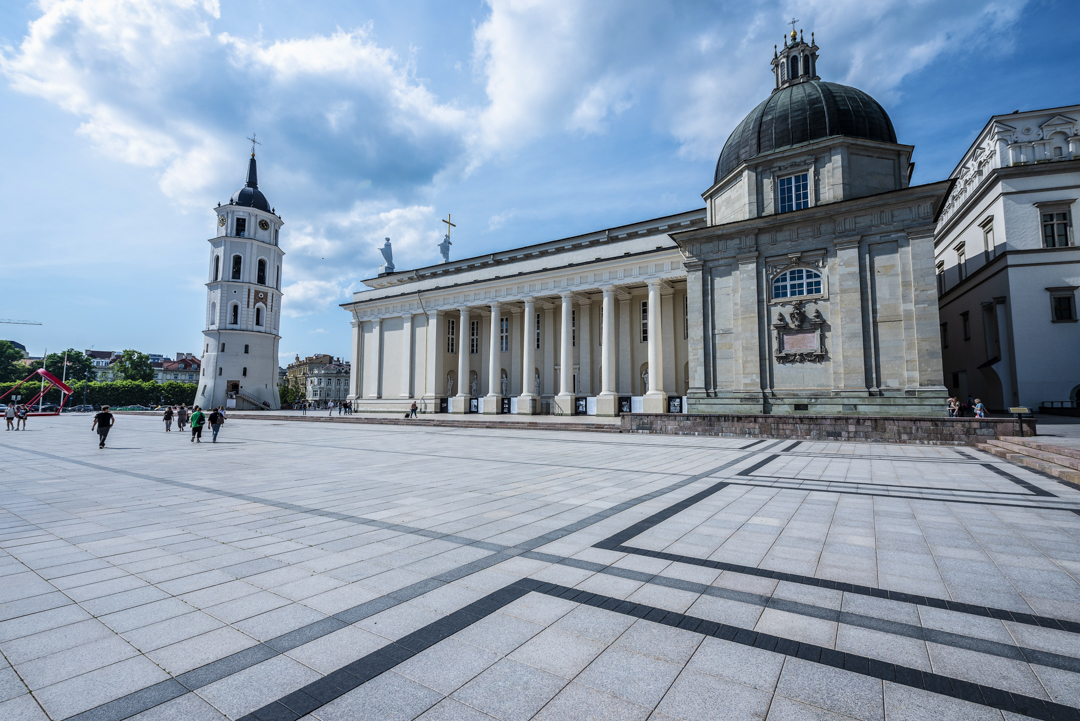
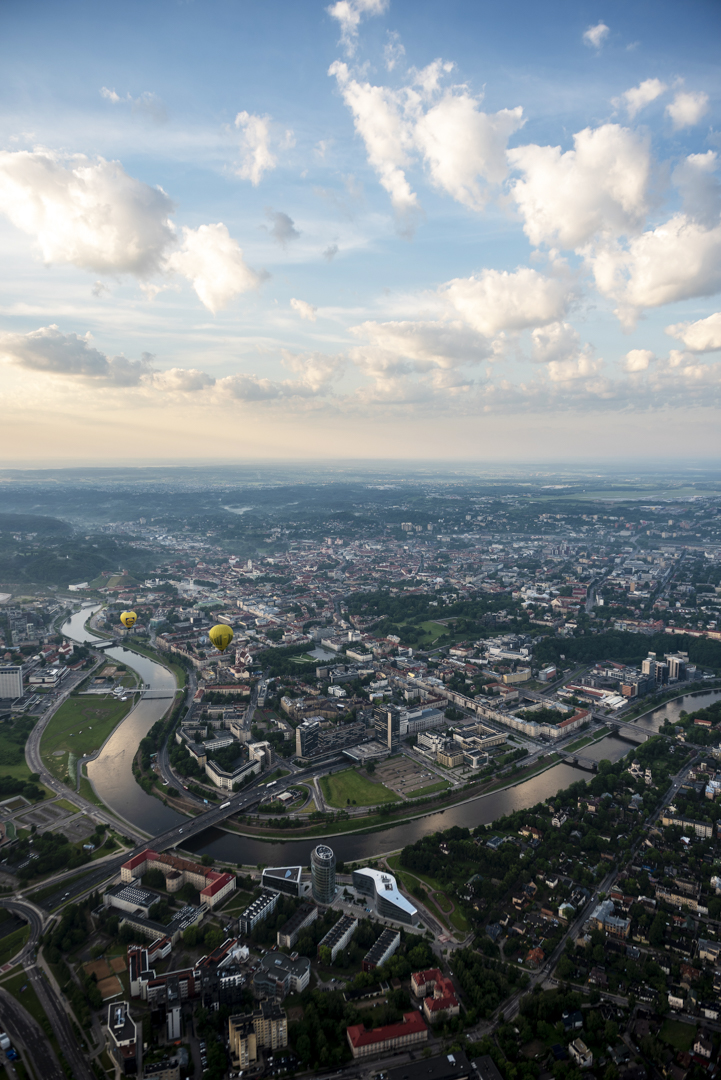
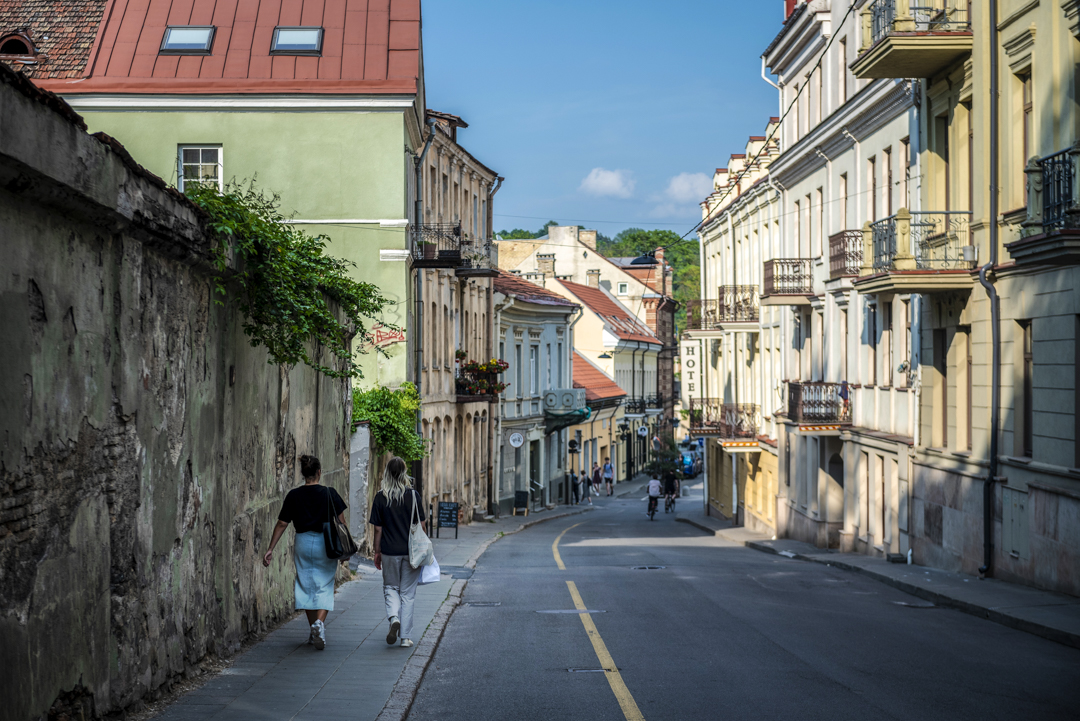
Ask me to describe Vilnius in one word, and I’d go for “cosy”. It’s a city for and by bohemians: full of little parks, squares and bars hidden in and between the narrow cobbled streets. The whole centre is a pleasure to get lost in. Vilnius is the largest Baroque town in Europe still standing, and has been on the Unesco World Heritage list for years. The city is dotted with Catholic and Orthodox churches full of ornate little spires. The Saint Peter and Paul Church is worth a visit in particular. It’s pearly white inside and decorated with over 2,000 saintly statues. Vilnius is a student city as well, and a great destination for Erasmus plans. The university itself is a gem, with some beautiful courtyards and a vaulted bookstore full of frescoes. Those who want to see the bigger picture, can fly over Vilnius in a hot air balloon. You have to get up early and the wind has to blow in the right direction, but it’s more than worth the sleepy eyes. One of the smaller sights, but one with a unique story, is the Stebuklas stone* on Cathedral Square. This was the end point of the greatest human chain in history. Two million demonstrators held hands during the last days of the USSR: four hundred miles from Estonia through Latvia to right here on this square. A peaceful protest with some panache to it.
*Anyone who stumbles upon the stone by chance can make a wish. Keep it civil.
2. Uzupis: visit an independent republic
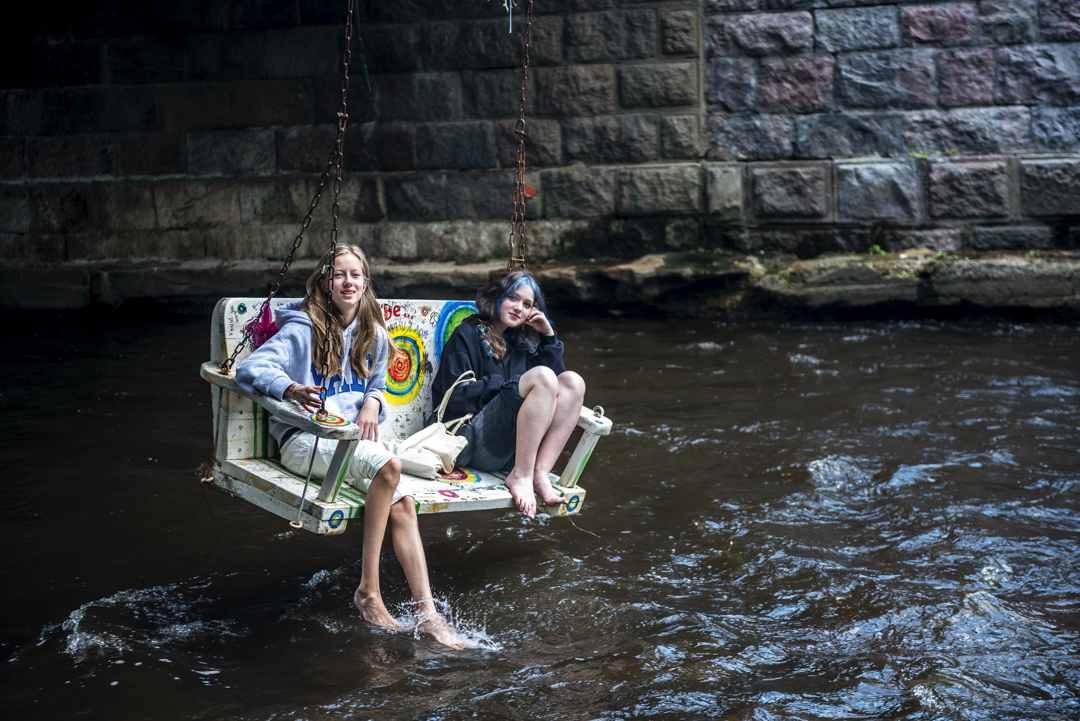
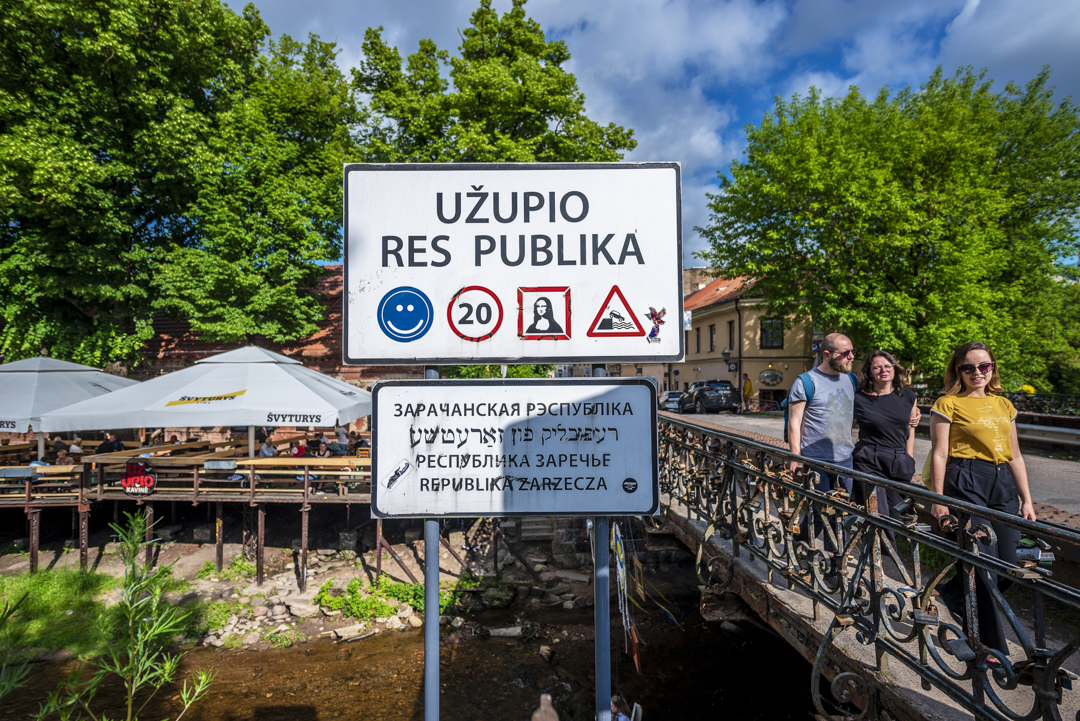
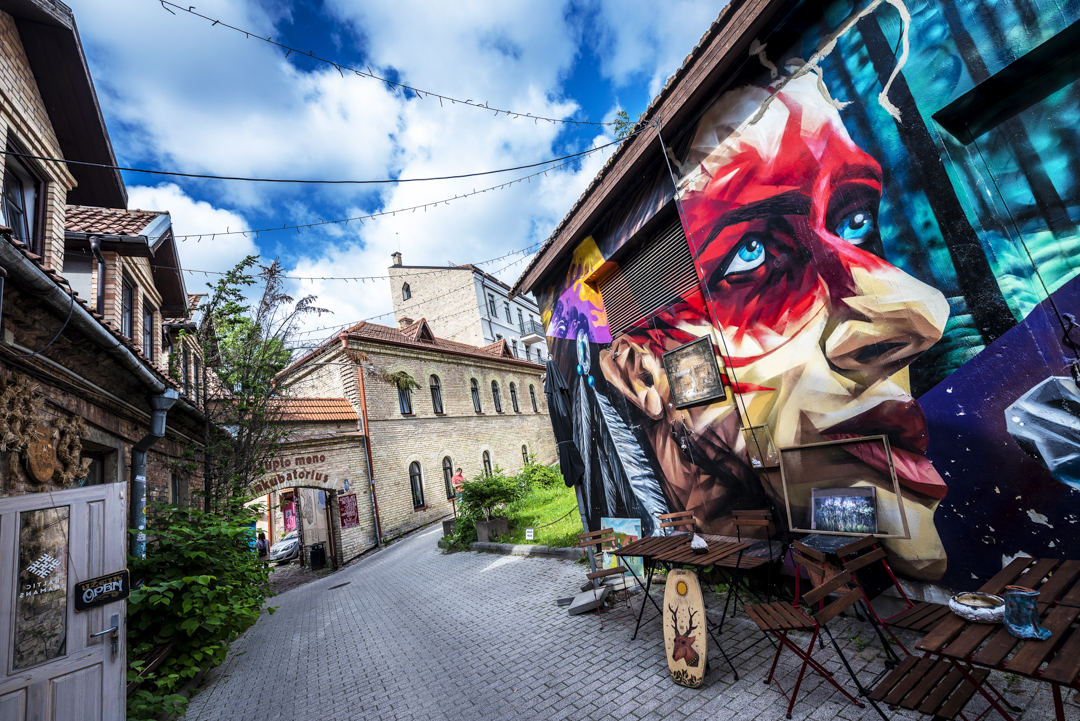
‘Member when I said Lithuanians had a rebellious side? Nowhere is this more evident than in Uzupis, in the centre of Vilnius. On April 1, 1997, this district was declared an independent republic by some local artists and hippies – a bit like Christiania in Copenhagen but without the legal weed. They have their own flag, their own president and an army of eleven men – who when in need, can also serve as the local football team. Uzupis literally means “on the other side of the river” and whoever crosses the bridge here, actually comes across a border sign. In the souvenir shop next to it, you can have your passport stamped and then you’re free to go. Under the same bridge is a nice swing to hang out in by the way – try and keep your feet dry.
“The Independent Republic of Uzupis has its own flag, its own president and an army of eleven men – who when in need, can also serve as the local football team.”
Uzupis is primarily an artist enclave. Along the river a number of strange artistic installations are showcased, you can visit several little art galleries and many buildings were decorated with street art. The constitution – which consists of 41 laws – can be read in just about every language. In Uzupis, everyone has the right to hot water, to being either ordinary or unique, to love and freedom and to whether or not to be happy. A dog can be a dog and a cat does not have to love its owners, but must assist them in times of need. You also have the right to die (but this is not an obligation) and to occasionally shed a tear if needed. The constitution ends with: “Do not defeat. Do not fight back. Do not surrender.” which is quite cryptic.
PS: those in need of some peace will find Bernardine cemetery a ten minute walk away. It’s a beautiful, eerie place.
3. Lukiskes Prison: have a jailhouse rock party
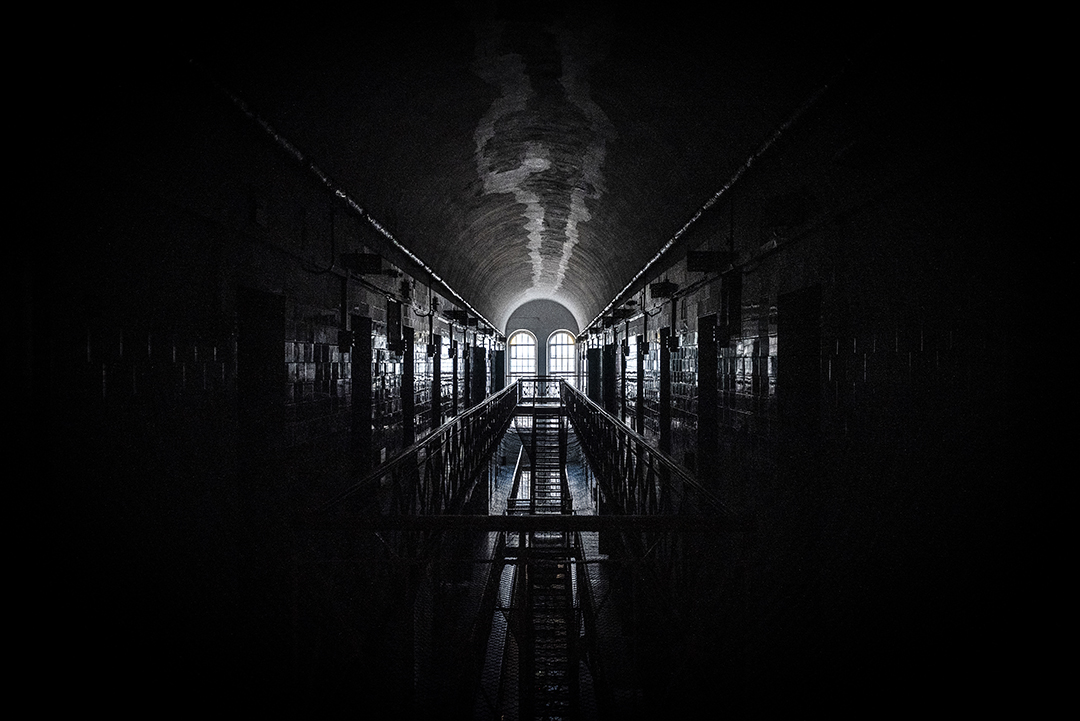
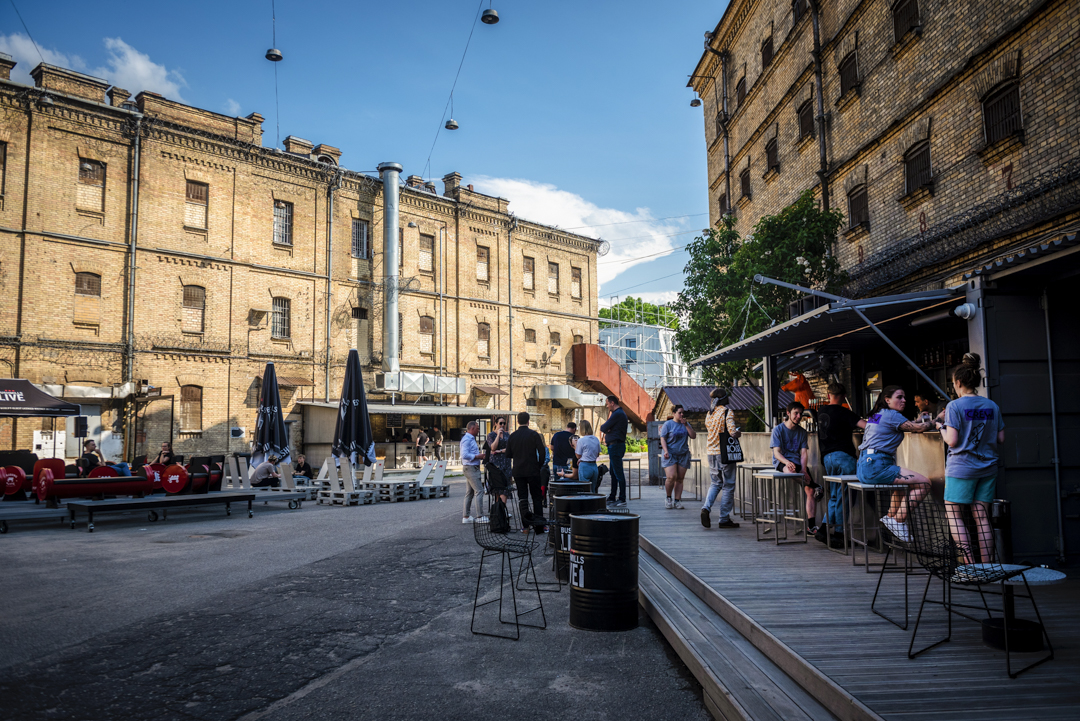
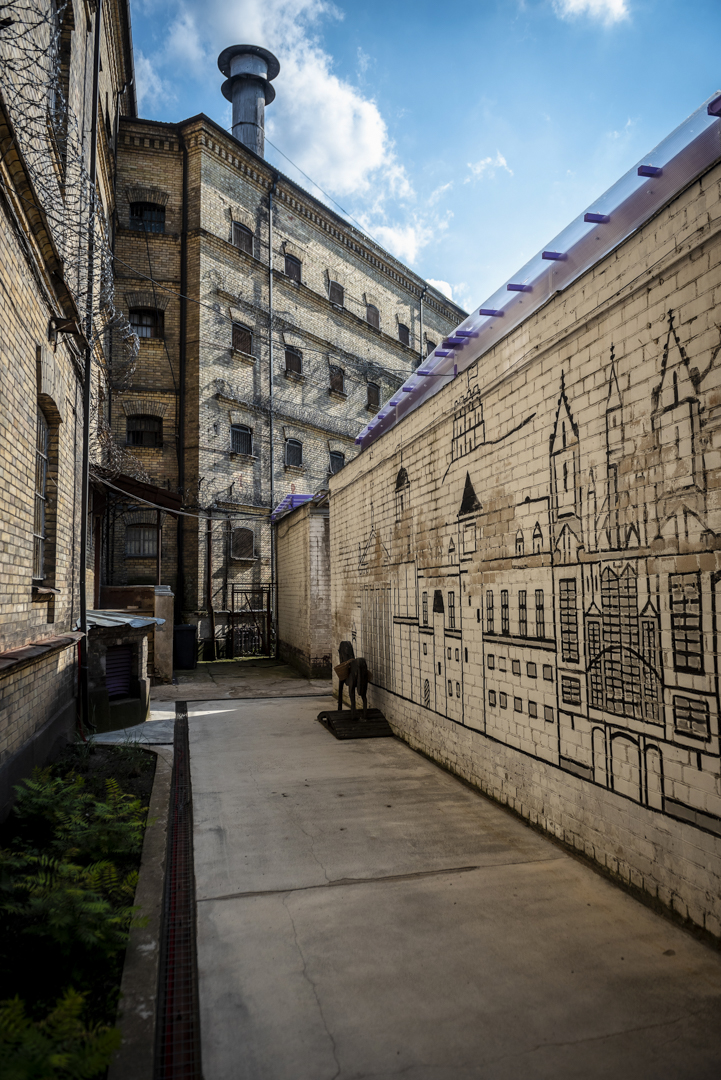
Lukiskes Prison is located in the middle of Vilnius and for centuries served as the place where the toughest criminals were held, as well as a large number of political (and under the Nazis Jewish) prisoners. The average jailhouse doesn’t exactly sound like the nicest place for a party, but people in Vilnius thought differently when the building stood empty in 2019. Because 2020 promised to be a festive year par excellence – I especially liked the second lockdown – they decided to turn the whole thing into a cultural center. A summer bar, a movie screen and a stage were installed in the prison courtyard, and about 250 local artists moved into the premises. Today, all kinds of exhibitions and concerts are organized in the claustrophobic corridors, and in the large chapel you can even take yoga classes. Virtually nothing has been changed to the building itself, so the imposing, oppressive atmosphere can still be felt. A guided tour is highly recommended here, although some beers might be necessary afterwards.
4. Visit an “impressive” ode to Frank Zappa
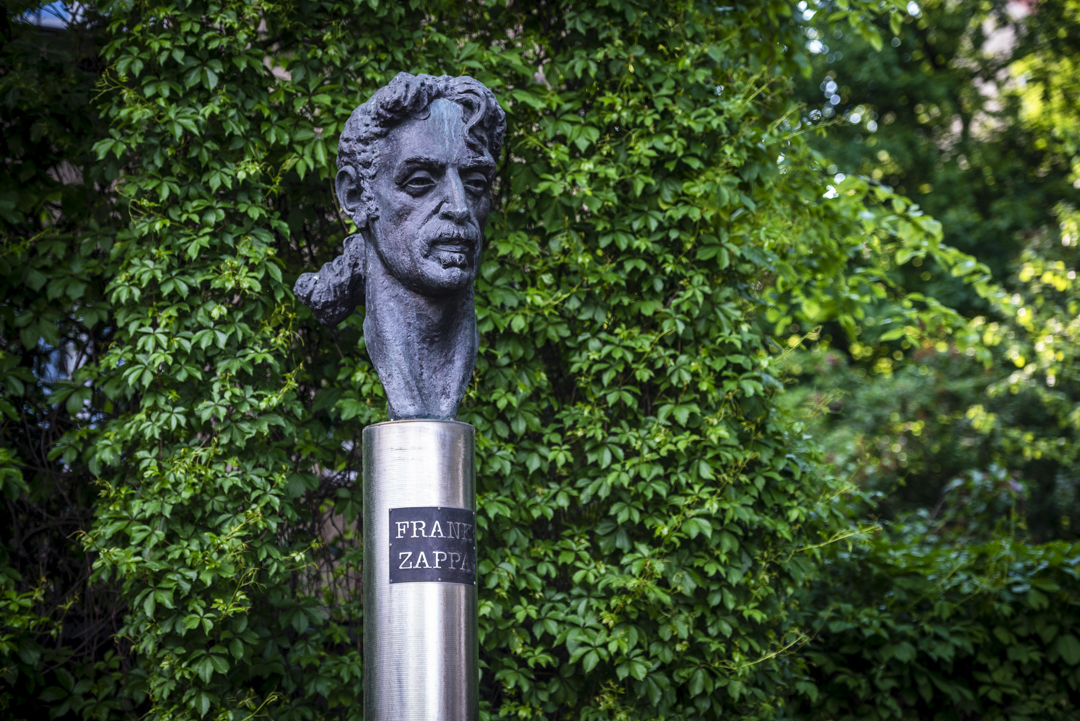
Would you like to take a look at something completely random? Then head to the Frank Zappa statue, which can be found in some dusty parking lot – by far the strangest sight you can visit in Vilnius. Shortly after independence was declared, a number of people decided to test the limits of their newly regained freedom, and the call for a Zappa statue (an icon of the anti-establishment movement) seemed like the best expression of this. To their great surprise – half of the signatories had never heard a note of the man’s music – their concept was approved. As a result, you can admire Zappa’s mustachioed mug on a pole here since 1995. It’s a bit ridiculous – the man never said foot in Lithuania – but sometimes ridiculous things make me very happy. When I was here seven years ago, there was a “don’t eat the yellow snow” mural on the wall behind the statue, but it looks like the ivy has overgrown it these days. I don’t think Uncle Frank minds too much.
5. Kaunas: discover the new European capital of culture
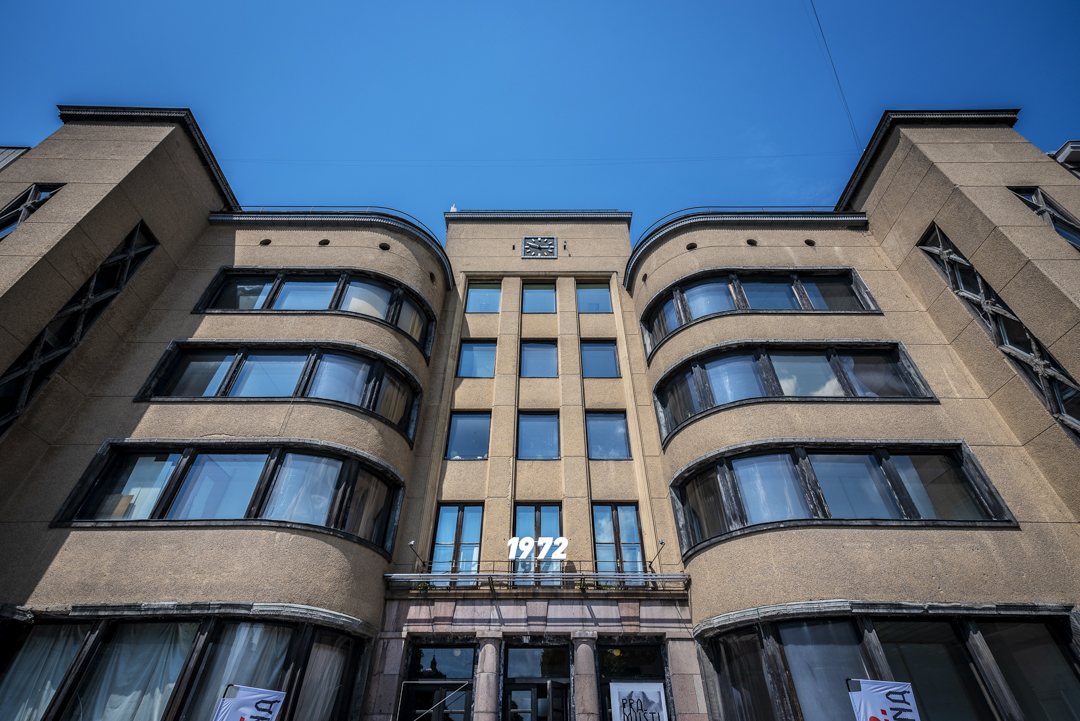
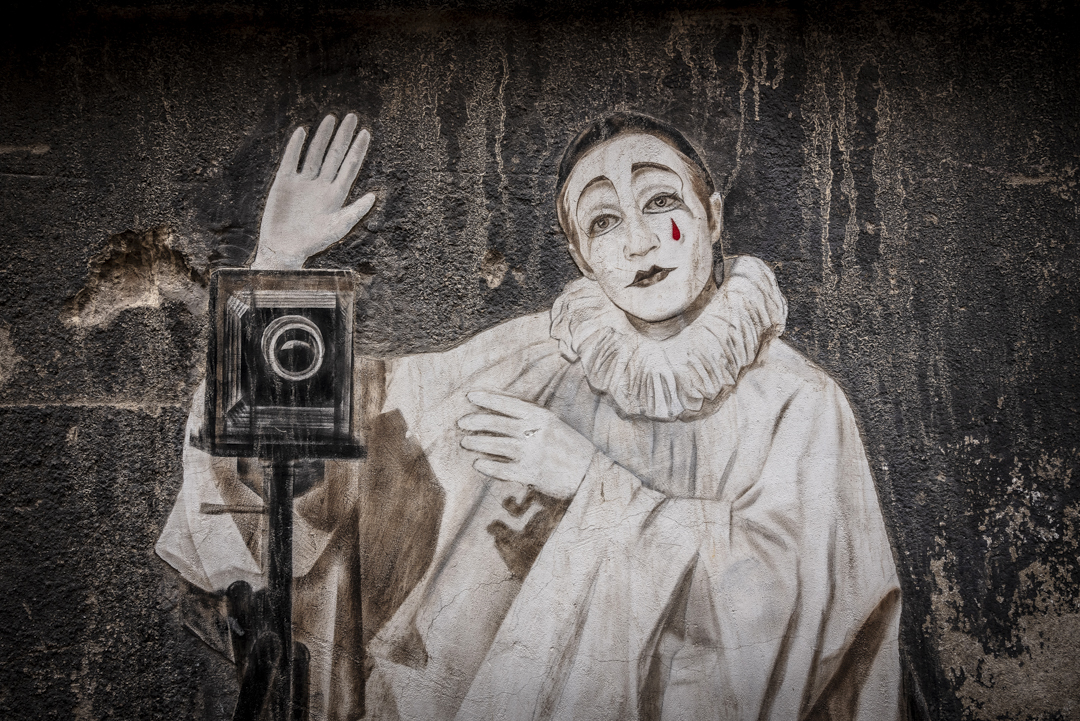
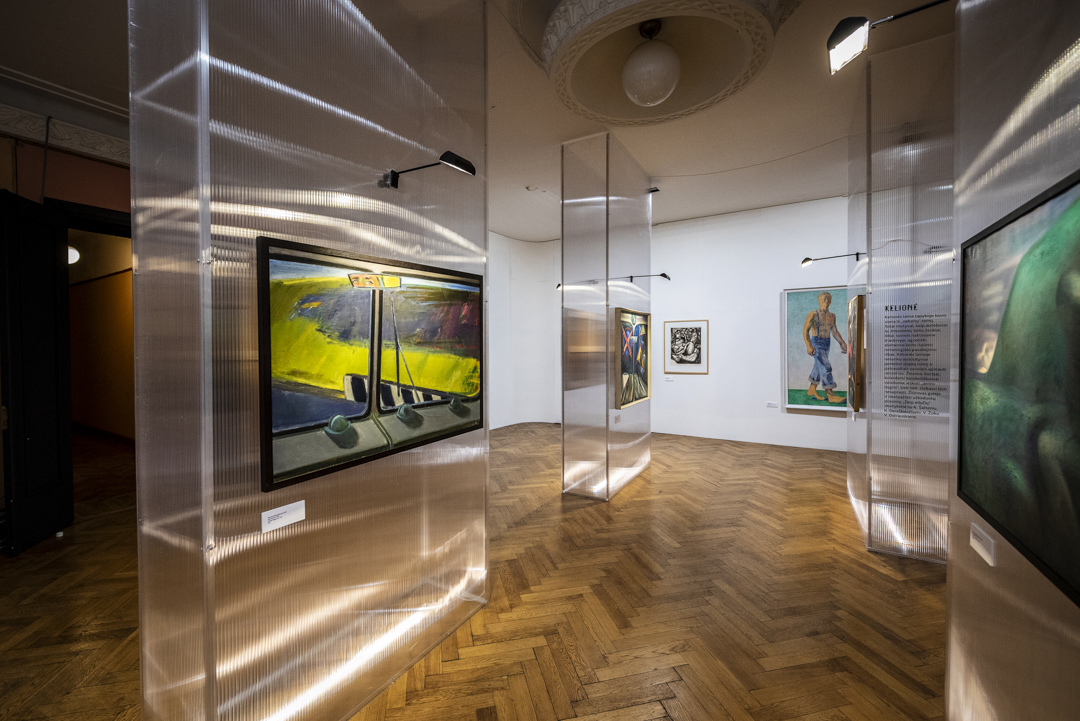
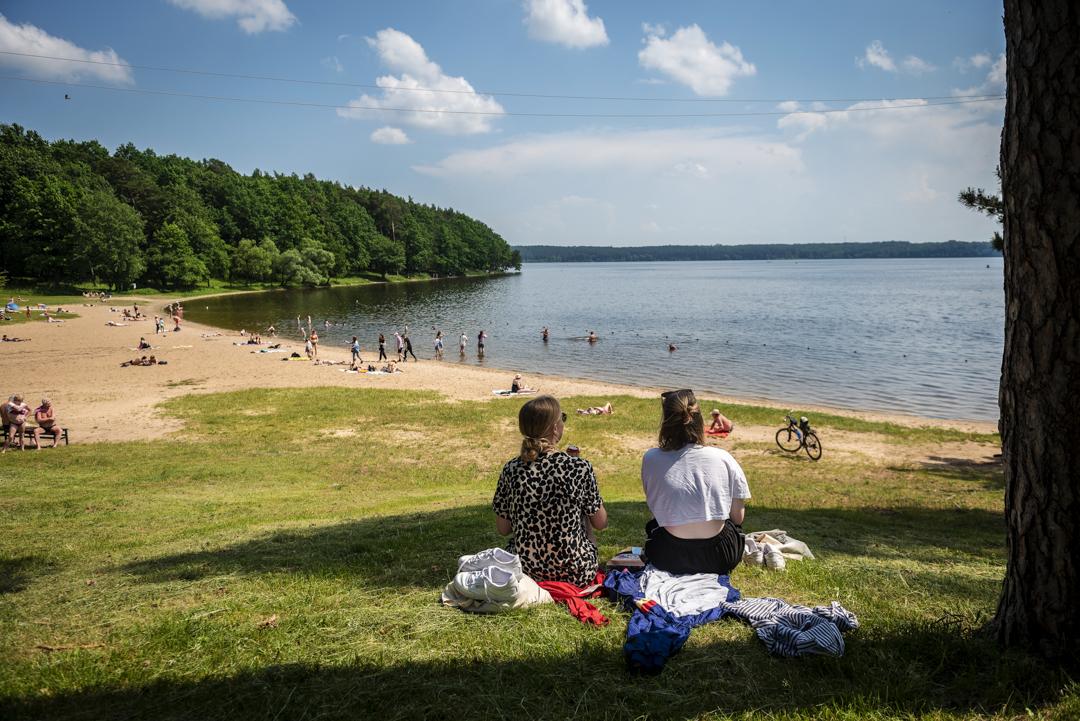
Compared to Vilnius, the vibe in Kaunas feels very different. The country’s second city has a cosy old town as well, but more unique are the areas built later. During the interbellum, Kaunas briefly served as the capital of Lithuania. This meant a large number of impressive government buildings started to pop up. One of these is the Central Post Office, housing one of this year’s European Capital of Culture expositions. 1972: Breaking through the Wall tells the story of Romas Kalanta, who set himself on fire protesting the Soviet regime exactly fifty years ago. This led to riots which were violently beaten down. The building now showcases rebellious art from those days: memories of the hippies, rockers, painters and actors whose work depicts the dissatisfaction with the system they lived in. Very interesting stuff.
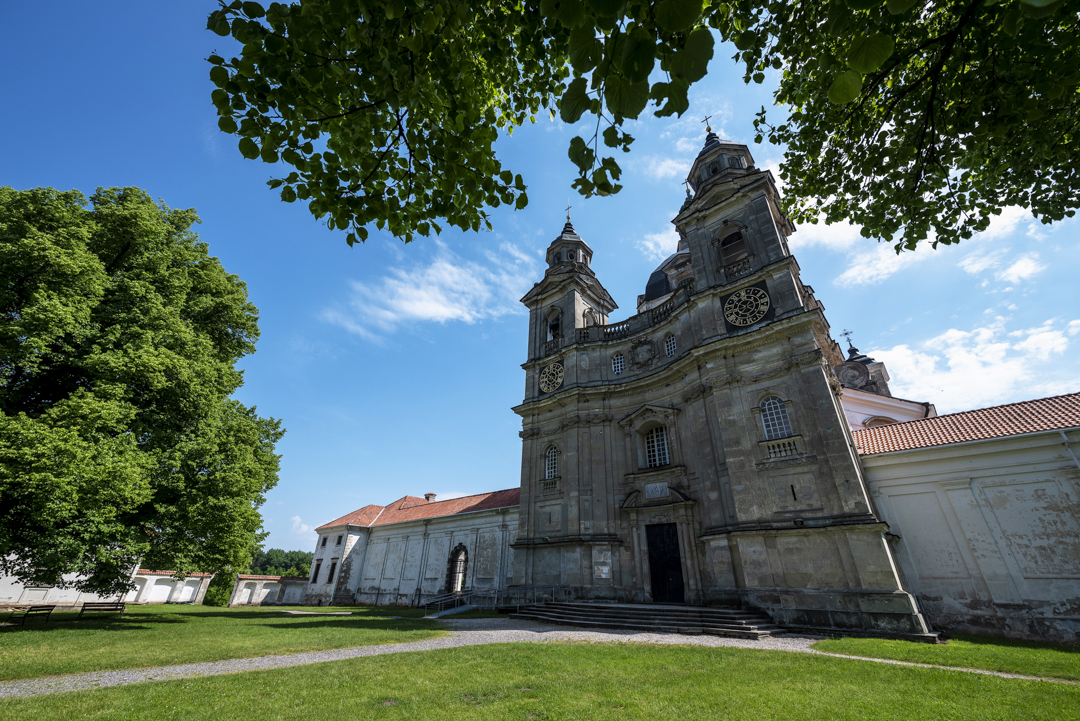
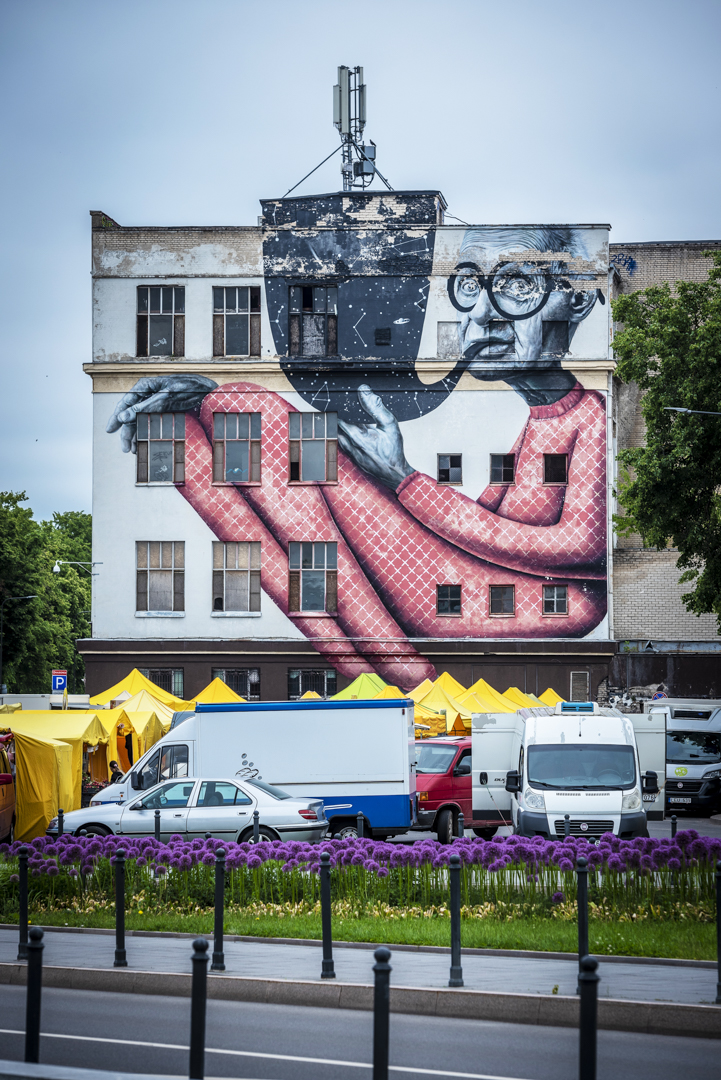
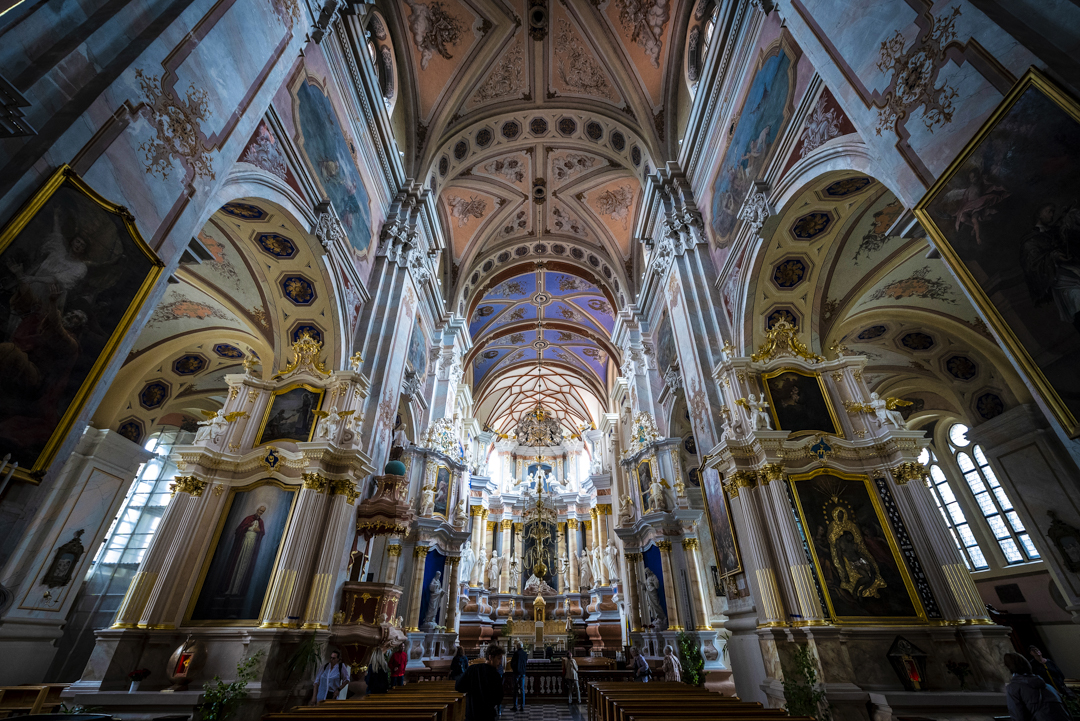
Other exhibitions in Kaunas this year are by Marina Abramovic, Yoko Ono (whose biggest art project is still ruining The Beatles) and a slew of works by William Kentridge at the huge Ciurlionis Museum. Want to watch some people instead? Get yourself to Laisvės al: a miles-long boulevard looking like a of quieter version of Barcelona’s Ramblas. Outside the city you can visit the Pazaislis Monastery: one of the most beautiful baroque monasteries in Eastern Europe. Nearby is the Kaunas Reservoir: a large artificial lake with a sandy beach. www.kaunas2022.eu
6. Take a boat ride around Trakai Castle
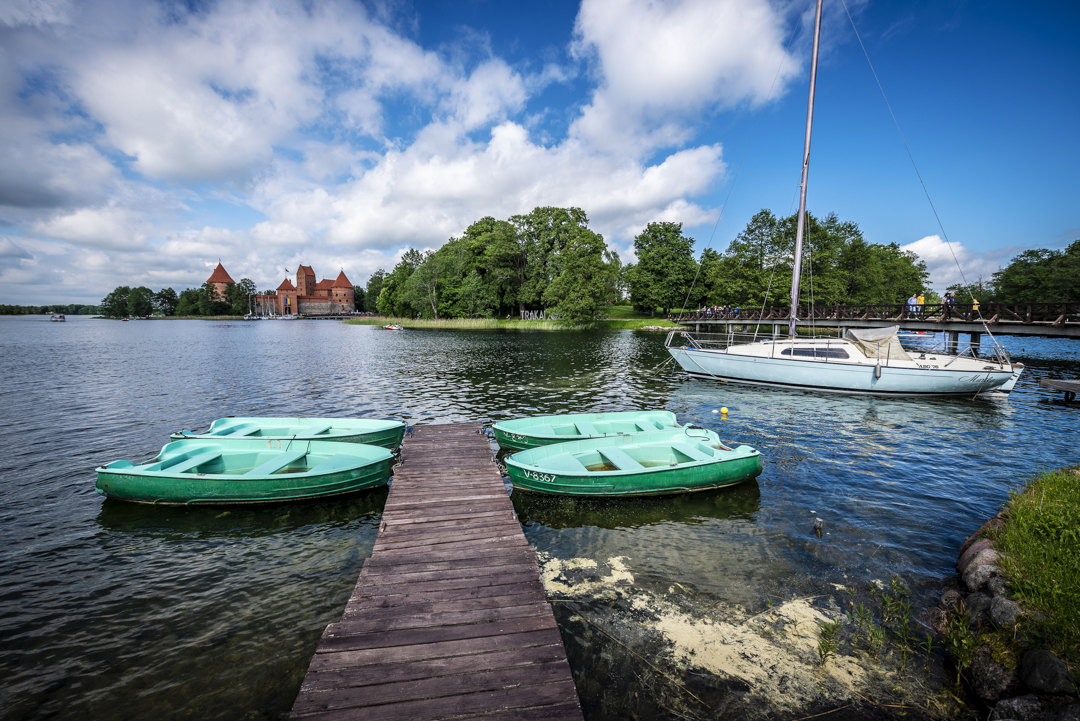
Do you like picturesque sites, knights and sunset sailing? Plan a day trip to Trakai then, about 30km from Vilnius. In this popular town you’ll see a number of unique wooden houses along the water. These belong to the Karaim: a Turkish-speaking ethnic minority emigrated to Lithuania in the 14th century. Today there are about a hundred of them left, who will welcome you with great pleasure to then indulge you in the pleasures of their traditional cuisine. The biggest attraction here is Trakai Castle, located on an island in Galvé Lake. The complex also dates back to the 14th century, when Trakai was the capital of the Grand Duchy of Lithuania – apparently every hamlet in the area got to take turns ruling the country. You can go for a romantic boat ride around the castle, or actually set foot ashore and take a look around. Inside, a historical museum full of weapons, armor and clothing can be visited, which is of course always fun.
Hotels and restaurants in Lithuania
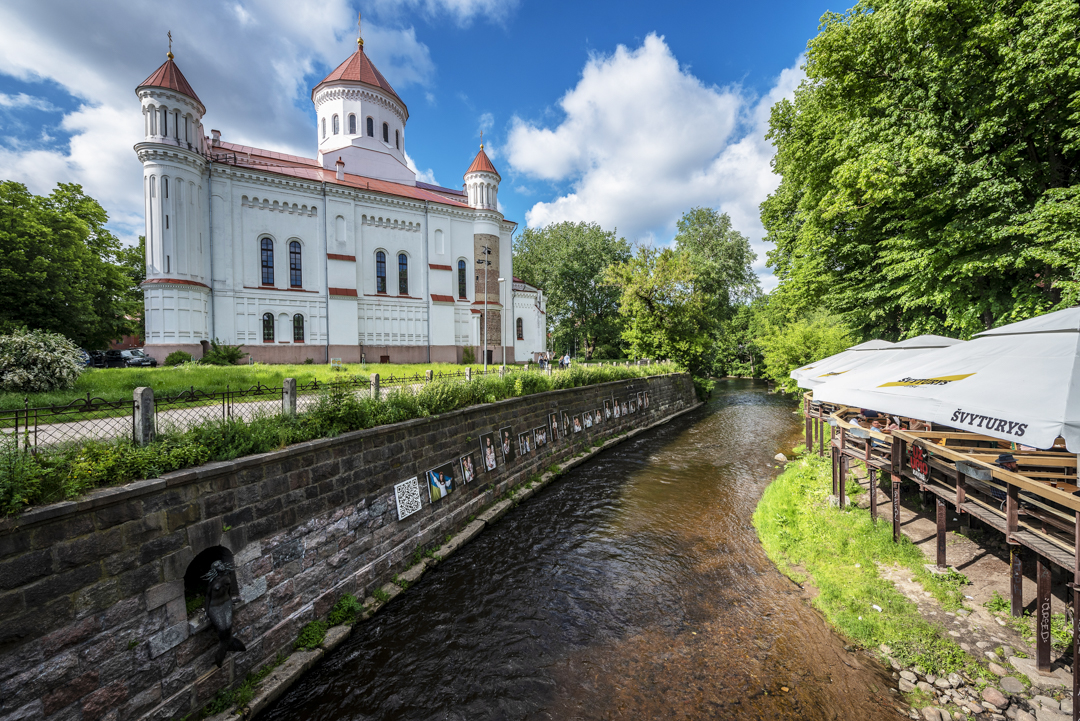
In Vilnius we stayed at the new Hotel Pacai, a luxuriously furnished place right in the old city center. Breakfast was amazing. www.hotelpacai.com
In Kaunas we slept in Radisson Blu Kaunas, near Laisvės al. www.radissonhotels.com/en-us/hotels/radisson-kaunas
My favorite restaurants on this trip were the gorgeous 14Horses in Vilnius, which works exclusively with local ingredients, and DIA in Kaunas.
For more information about Vilnius and Kaunas, surf to www.visit.kaunas.lt and www.lithuania.travel www.govilnius.lthttp://www.govilnius.lt/
If you fancy some other European trips, read my posts on Dresden, Porto, Lodz, South Limburg and Amsterdam.






















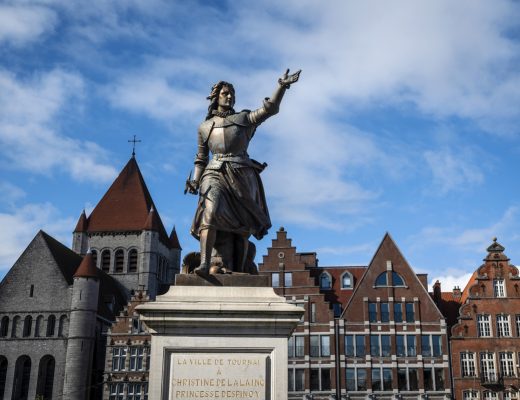
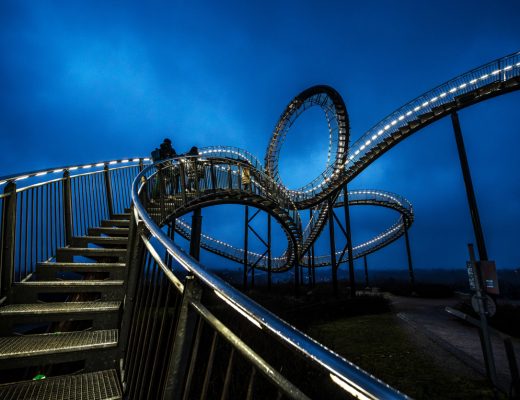
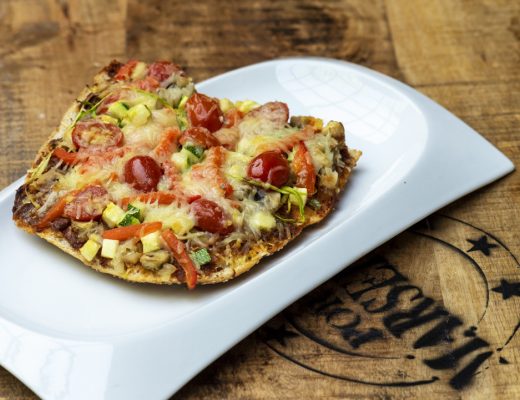

No Comments